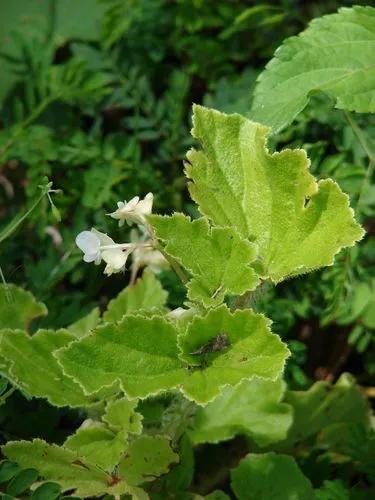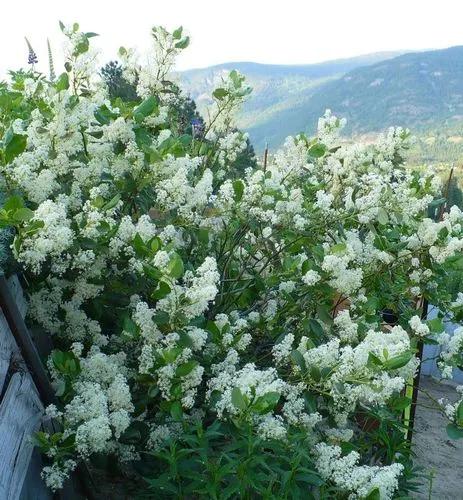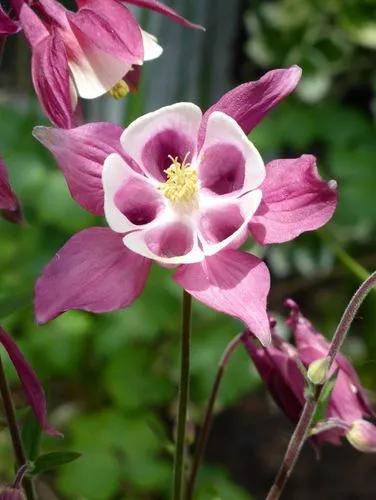Rumex conglomeratus, known as clustered dock and sharp dock, is a plant of the family Polygonaceae. It is an annual or biennial plant growing up to 100 cm high. A native of Europe, Asia and North Africa, it has also been introduced into North America.
Clustered Dock Care
Rumex conglomeratus



Rumex conglomeratus is a PERENNIAL growing to 1 m (3ft 3in). It is not frost tender. It is in flower from July to August. The species is hermaphrodite (has both male and female organs) and is pollinated by Wind. Suitable for: light (sandy), medium (loamy) and heavy (clay) soils. Suitable pH: acid, neutral and basic (alkaline) soils. It can grow in semi-shade (light woodland) or no shade. It prefers moist soil.
This plant might be poisonous
How to get rid of: Single plants of Clustered Dock can be controlled by deep hoeing or grubbing. For larger infestations, a combination of cultivation and herbicides is effective. Slashing and mowing are not effective. In pastures, infestation can be reduced by the spray/graze technique . Clustered Dock has also been recognised as a target for biological control through a cross-jurisdictional government process. This allows activities to be undertaken to develop effective biological controls.
How to Care for the Plant

Popularity

83 people already have this plant 14 people have added this plant to their wishlists
Discover more plants with the list below
Popular articles






